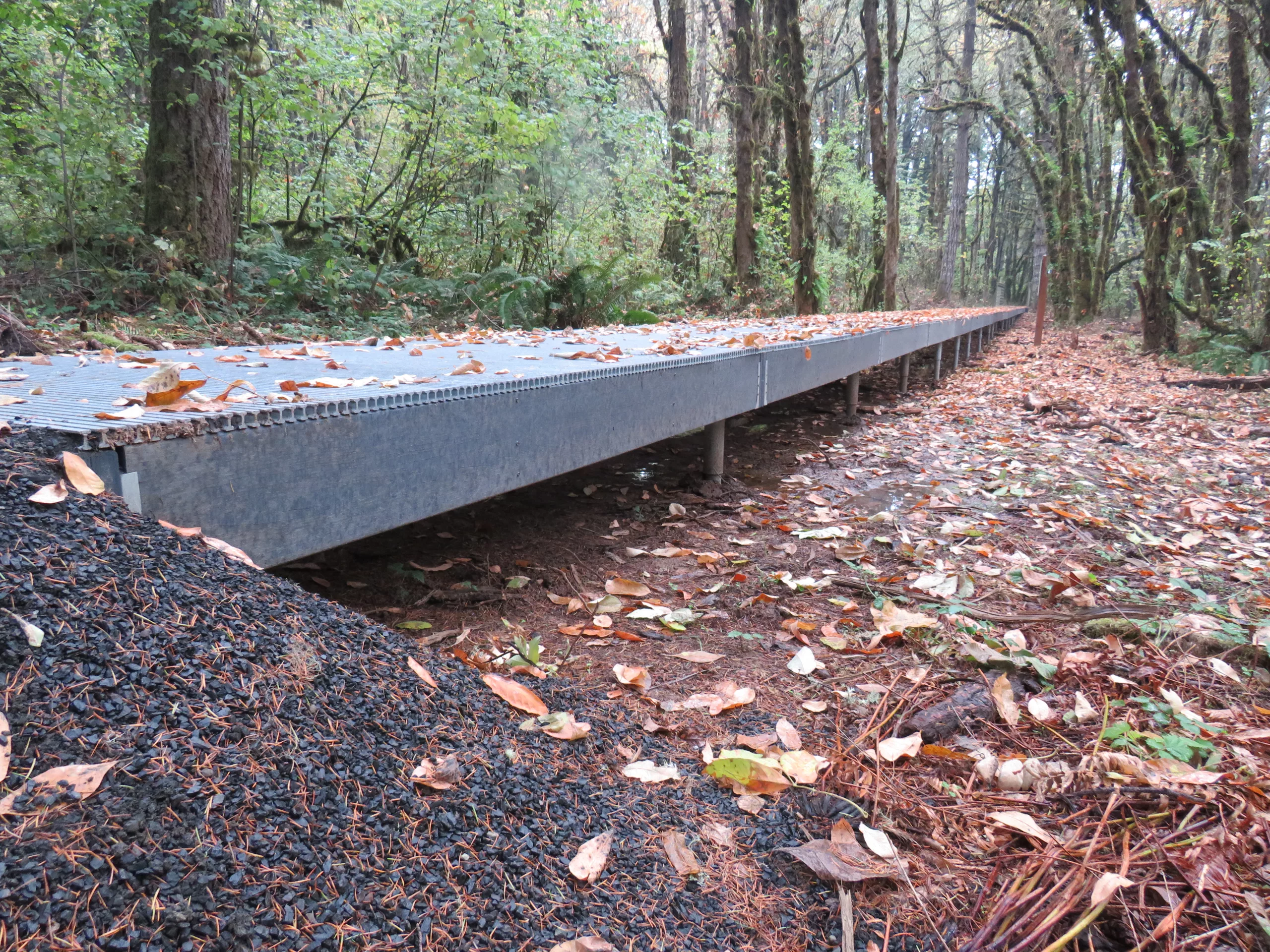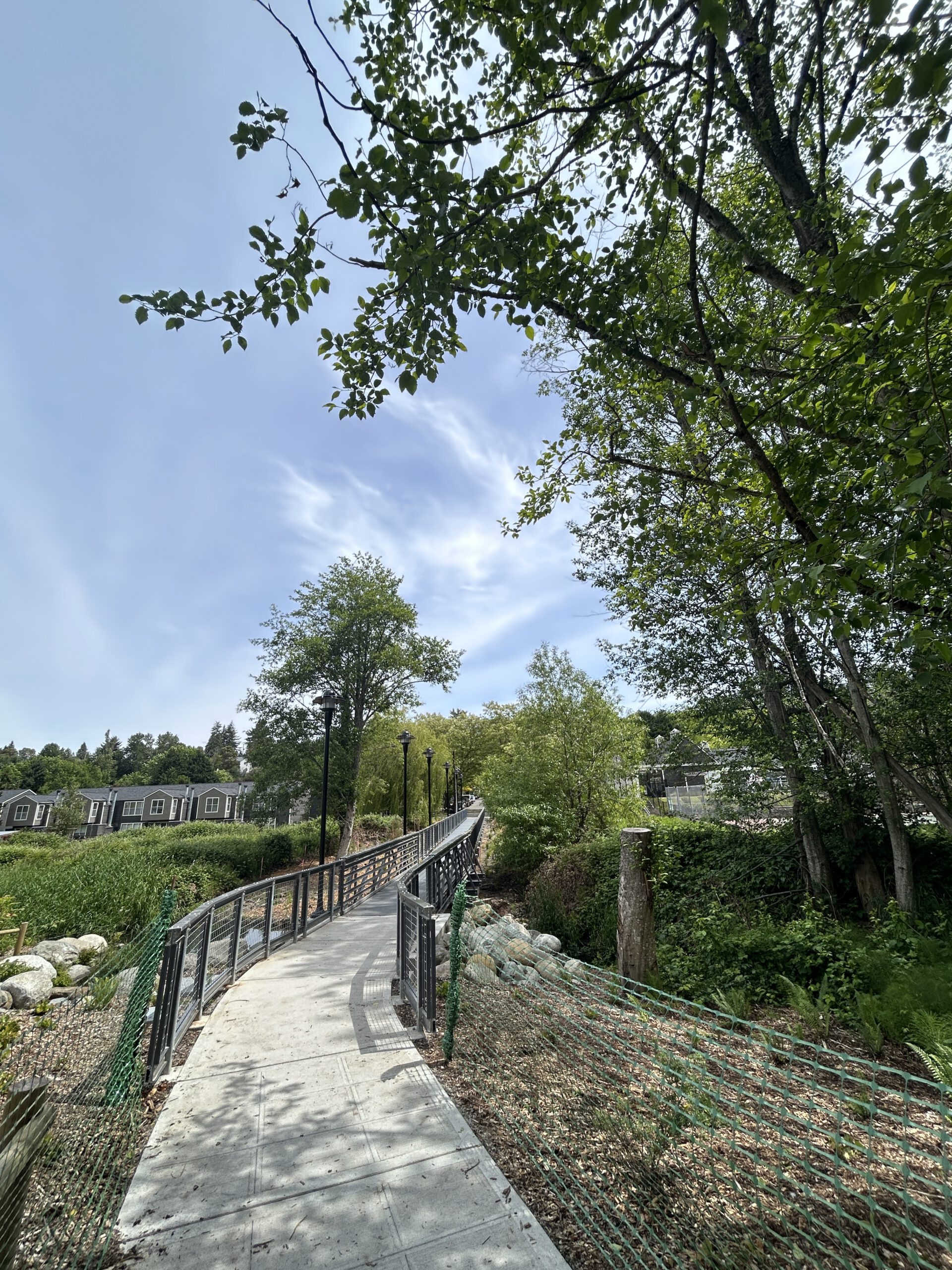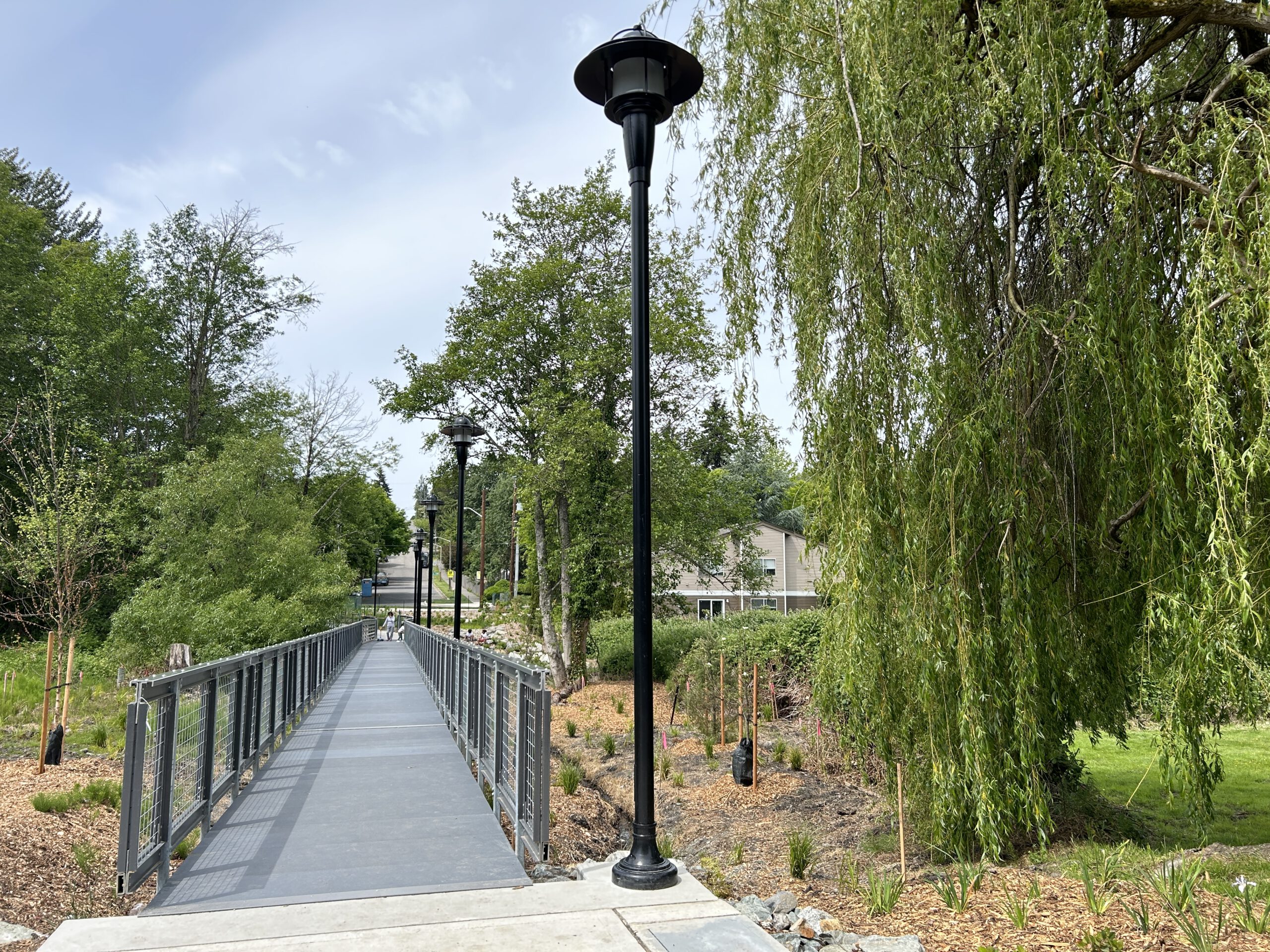Boardwalks
-

FRP Boardwalks: The Future of Aquatic Infrastructure
Read more: FRP Boardwalks: The Future of Aquatic InfrastructureAs development expands, the need for long-lasting infrastructure becomes increasingly urgent. In environments—where saltwater, flooding, and shifting ground conditions present constant challenges—FRP boardwalks (Fiber Reinforced Polymer boardwalks) are…
-

Project Spotlight: Longfellow Bridge and Boardwalk
Read more: Project Spotlight: Longfellow Bridge and BoardwalkIn 2021, Areté Structures had the privilege to provide an FRP bridge and boardwalk for a Seattle Public Utilities urban drainage project. Designed by MIG, Inc. and known…
-

Why Choose FRP for Your Boardwalk?
Read more: Why Choose FRP for Your Boardwalk?When considering boardwalk construction for trails, parks, or waterfronts, several material options are available. Traditional materials like timber, concrete, aluminum, and steel have their advantages, but they also…
